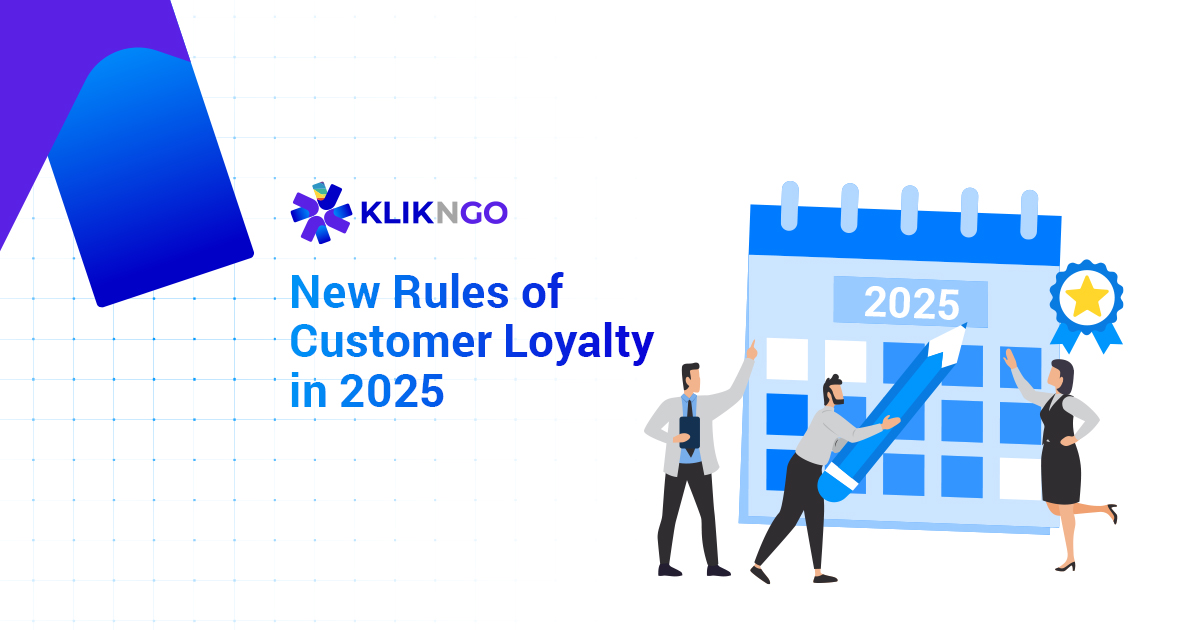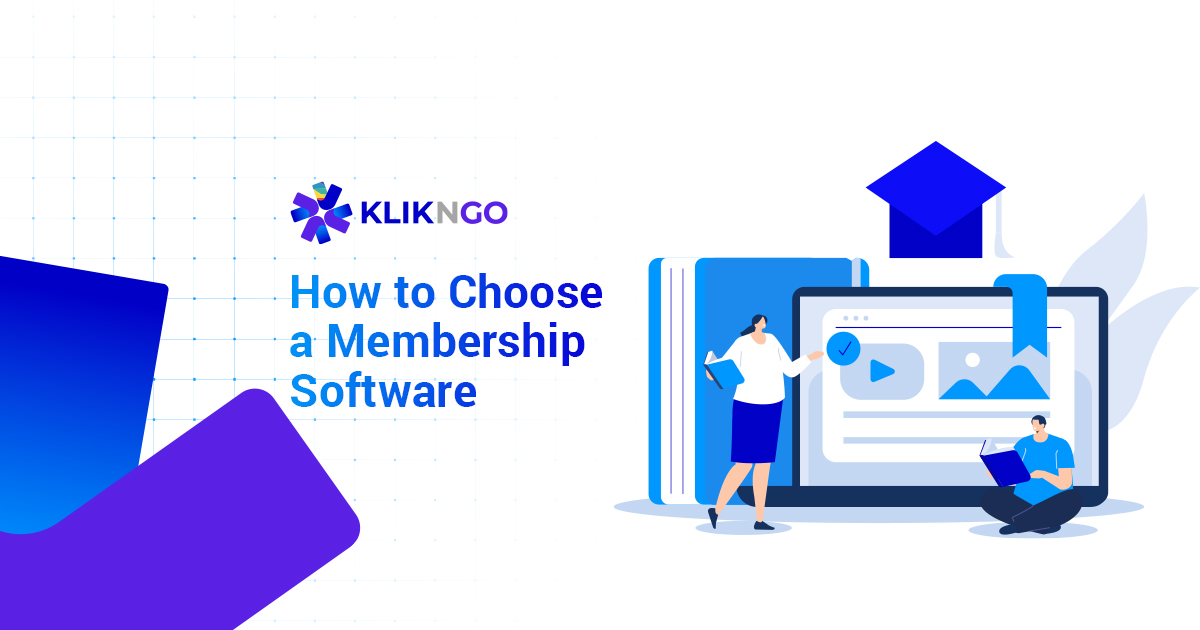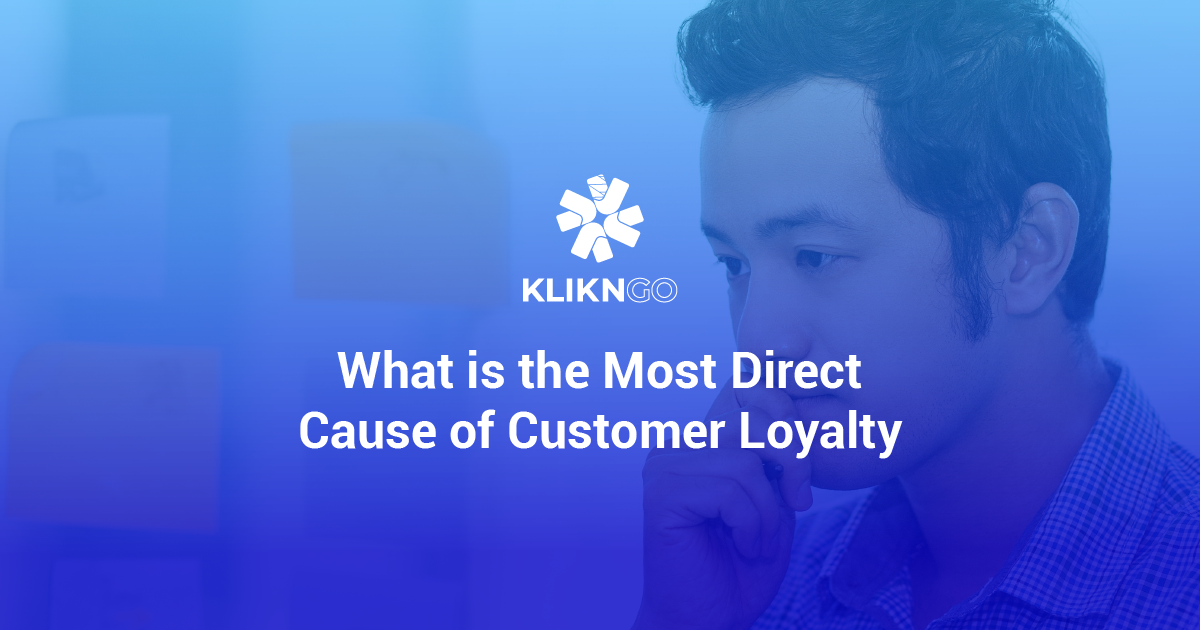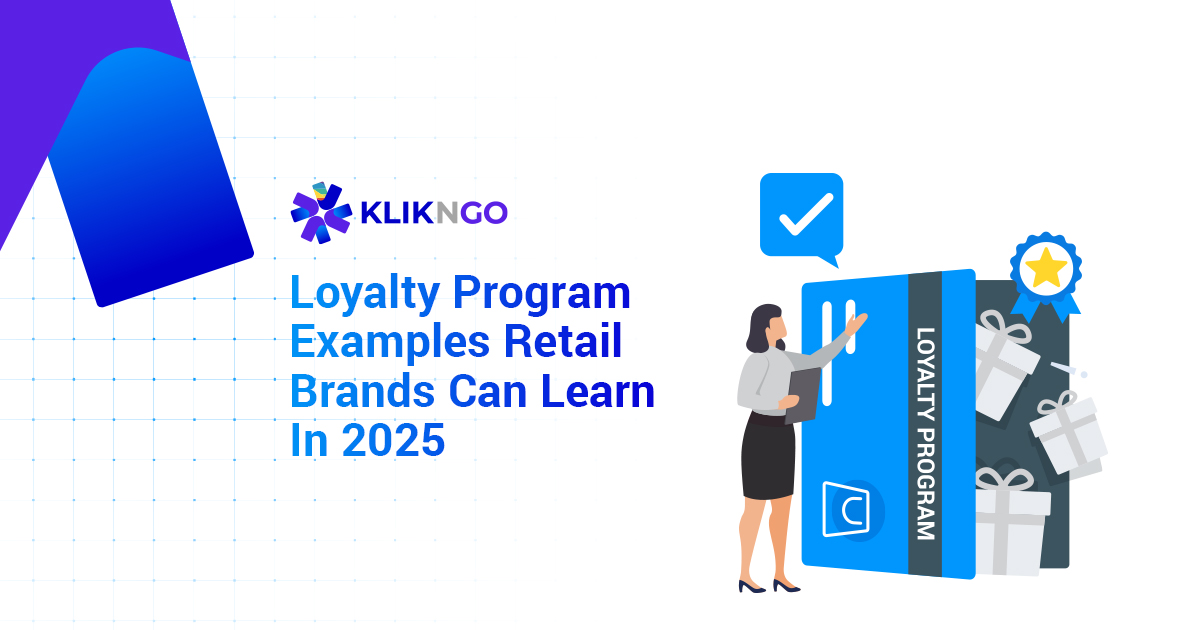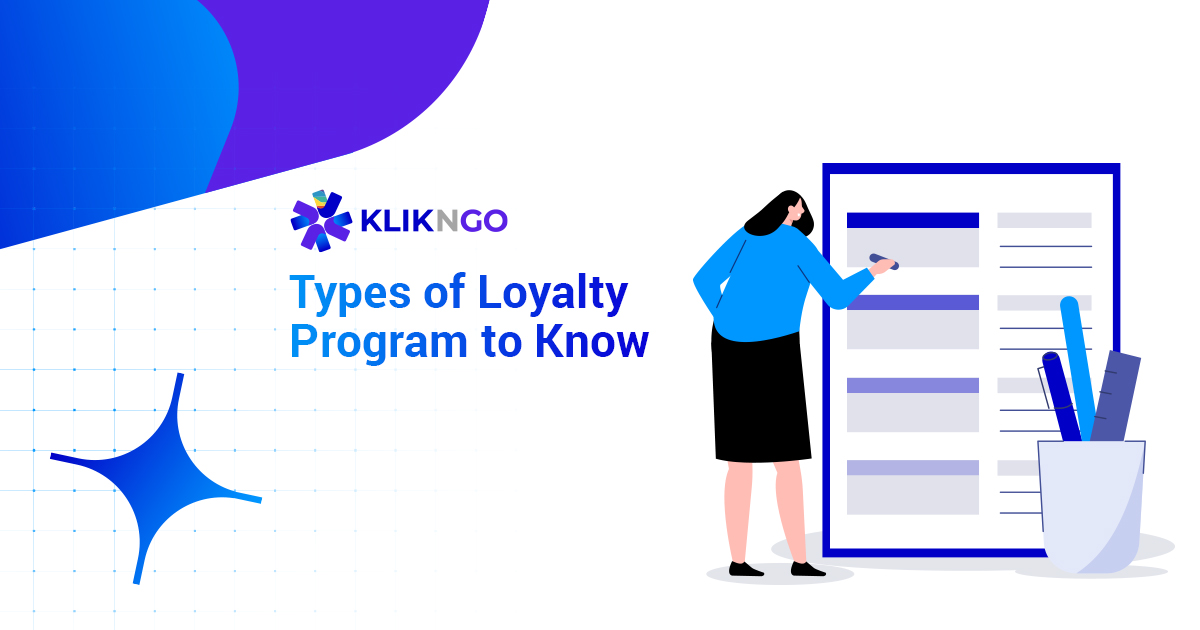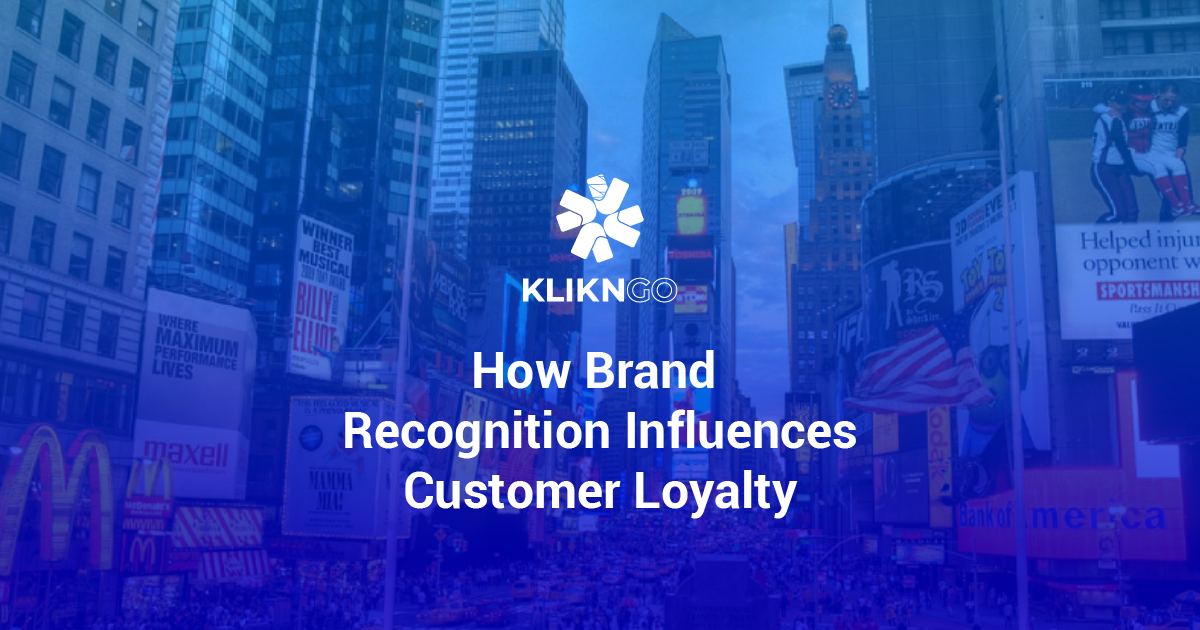Customer Loyalty Is No Longer Just About Discounts
Customer loyalty in 2025 doesn’t look like it used to. Punch cards, static point systems, and one-size-fits-all rewards are being replaced by smarter, faster, and more emotionally connected experiences. Today’s customers aren’t just buying a product, they’re buying into a brand, a journey, and a value system. If your loyalty strategy hasn’t evolved to match that shift, you may already be losing your most valuable audience.
In an era where consumers expect everything to be personalized, automated, and available across channels, brands can no longer rely on outdated tactics. Instead, loyalty needs to be built on trust, technology, and timing. From AI-powered personalization to privacy-first designs, a modern loyalty program system has to do more than offer points, it has to offer value, relevance, and respect.
This article walks you through five new rules reshaping customer loyalty in 2025. These aren’t just trends, they’re shifts in consumer behavior that directly impact how brands grow, retain, and re-engage customers. Along the way, we’ll explore practical examples and customer-centric strategies that work whether you’re running an eCommerce brand, retail store, or hybrid business.
If you’re asking questions like:
- “How can I increase repeat purchases without relying on discounts?”
- “What does loyalty look like in an omnichannel world?”
- “How do I reward customers without violating their trust?”
You’re in the right place.
Let’s dive into the new rules of loyalty, and how your business can thrive by adapting early.
Rule 1: Hyper-Personalization Is Non-Negotiable
In 2025, generic promotions are no longer enough to win customer loyalty. Shoppers expect brands to treat them like individuals, not just names in a database. That means loyalty programs must go beyond basic segmentation and start delivering real-time, personalized loyalty programs that respond to customer behavior, timing, and context.
Today’s best-performing brands are using AI to craft dynamic reward systems that feel tailored, not templated. This could include birthday offers based on browsing history, exclusive product drops for high-intent users, or surprise rewards triggered by streaks of engagement.
Example Scenario:
Imagine a returning customer who frequently buys eco-friendly home products. Instead of sending a generic 10% discount, your loyalty system notices their preference and sends them early access to a sustainable product launch, plus bonus points for sharing it with friends. The customer feels seen, valued, and motivated to engage.
This level of behavioral loyalty is what builds long-term relationships. It’s not just about giving more, it’s about giving the right thing at the right time.
Practical Tip:
To build customer-centric loyalty at this level, your system needs to:
- Track and respond to user behavior in real time
- Segment customers dynamically, not statically
- Personalize both the message and the reward
- Adapt rewards based on purchase frequency and engagement patterns
Why Personalization Matters:
A study by McKinsey found that companies using AI-powered loyalty systems outperform their peers in retention and average order value. Personalized programs aren’t a bonus anymore, they’re the baseline.
Loyalty software like KlikNGo supports this shift by enabling real-time reward logic, personalized campaigns, and automation features that help brands move from generic blasts to customer-specific engagement journeys.
In 2025, personalization is not optional, it’s what separates a loyalty program from a truly customer engagement strategy.
Rule 2: Omnichannel Integration Is the Standard
In 2025, customer loyalty is no longer about being in the right place at the right time, it’s about being everywhere the customer expects you to be, seamlessly. Whether they shop in-store, on mobile, or via social, customers expect one unified loyalty experience that follows them across all touchpoints.
A loyalty program that lives only on paper or a single app is no longer enough. Today’s shoppers jump between channels fluidly, and your loyalty system needs to keep up.
Example Scenario:
A customer discovers your brand through a TikTok ad, signs up for your rewards program on your website, then walks into your physical store and expects to redeem their sign-up bonus at the counter, without needing to explain anything to your staff.
This kind of omnichannel loyalty experience is what builds trust and consistency across your brand.
Let’s use KlikNGo as a reference:
KlikNGo loyalty program system is designed to handle this seamlessly. It allows brands to sync customer points, purchase behavior, and reward eligibility across web, mobile apps, in-store POS systems, and even messaging channels. Whether a user is browsing online or scanning a QR code in a shop, their profile is up to date in real time, no silos, no delays.
This ensures your loyalty program feels connected, not clunky.
Why Omnichannel Integration Matters:
- Customers who engage with brands across multiple channels have a 30% higher lifetime value
- Unified systems eliminate errors in point tracking and reward redemption
- Consistency leads to greater emotional loyalty and a smoother customer experience
Action Step:
Review your customer journey and ask: Can someone earn, track, and redeem rewards no matter where they shop? If the answer is no, your loyalty program platform may need to evolve.
Rule 3: Shared Values Build Deeper Loyalty
In 2025, customer loyalty isn’t just transactional—it’s emotional. More consumers are loyal to brands not only because of the rewards, but because of what those brands represent. People want to support companies that share their ethics, beliefs, and impact goals.
Loyalty programs that connect to shared values—like sustainability, community support, or social justice—go beyond points. They create a sense of belonging.
Example Scenario:
A customer joins your loyalty program and is given the option to donate their points to a local food bank or redeem them for a personal discount. They choose to donate—not because it’s the better “deal,” but because they care about the cause and trust your brand to deliver on that promise.
This form of ethical loyalty builds deeper connections. You’re no longer just rewarding purchases—you’re helping customers act in line with their personal values.
Why This Matters:
- A recent Deloitte study found that 57% of consumers are more loyal to brands that actively address social issues
- Younger generations, especially Gen Z, expect brands to “stand for something”
- Shared-value programs see higher participation and long-term engagement
How to Apply This:
- Let customers choose where their rewards go—discounts, donations, or exclusive community perks
- Highlight transparency around social impact (e.g., how many meals were donated thanks to point conversions)
- Embed value-based milestones into your loyalty program experience
Building trust through shared values turns a loyalty program from a reward system into a relationship.
Rule 4: Gamified Experiences Keep Customers Engaged
The traditional points-for-purchases model isn’t enough anymore. In 2025, loyalty programs that feel like games are outperforming those that just feel like spreadsheets. Gamification taps into psychology, it gives users something to play for, not just pay for.
Interactive elements like progress bars, surprise rewards, achievement badges, and challenges create a sense of momentum. They make loyalty fun, not forgettable.
Example Scenario:
A fast-casual restaurant launches a “3-Day Challenge”: customers who order three times in a row unlock a free drink or a mystery reward. Instead of waiting weeks to reach a reward threshold, customers stay engaged daily, eager to see what’s next.
These game-like experiences increase frequency, encourage exploration, and deepen emotional investment.
Let’s use KlikNGo as a reference:
KlikNGo’s loyalty program software allows brands to build flexible challenges, streaks, and surprise-based rewards without code. You could create a “weekly mission,” offer tier-based unlockables, or run flash point boosters triggered by behavior, all within one dashboard.
This makes it easy for businesses to gamify the customer journey without building a custom app from scratch.
Why Gamified Experiences Matters?
Gamification = Motivation in Motion.
- Members who participate in gamified programs make more frequent purchases
- Gamified loyalty features increase engagement by up to 47%
- Customers feel a stronger sense of accomplishment, leading to higher retention and shareability
Action Step:
Audit your current program. Are customers passively earning, or are they actively playing? Consider introducing low-effort gamified elements like “Spin & Win,” bonus point weekends, or streak rewards to increase interaction.
Rule 5: Privacy-First Loyalty Wins Long-Term Trust
In a world shaped by GDPR, cookie bans, and growing data sensitivity, customers are more cautious than ever about who they trust with their information. Loyalty programs are no longer judged just by rewards, but by how respectfully they collect and use data.
In 2025, brands that prioritize consent, transparency, and control in their loyalty program systems will win. Those that don’t? Risk being abandoned, no matter how generous the perks.
Example Scenario:
A customer lands on your site and sees a loyalty signup form. Instead of a long wall of legal text, they’re greeted with a simple toggle: “I want to receive personalized offers based on what I browse.” Below that? A quick FAQ on how their data is stored, and how they can opt out anytime. No tricks. No hidden tracking.
The customer signs up, not just because of the points, but because they feel respected.
Why Privacy-First Loyalty Matters:
Trust Is the New Loyalty Currency
- According to Accenture, 83% of consumers are willing to share data, but only if they feel it’s used responsibly
- Brands that are clear about their data collection practices see higher signup rates and better engagement
- Privacy-first programs reduce churn and increase lifetime value because users feel safe and in control
How to Apply It:
- Give users clear opt-ins and permission settings during loyalty signup
- Use consent-based personalization: don’t assume, ask
- Let users view, manage, or delete their data from their loyalty profile easily
- Avoid “dark patterns” (e.g., forcing opt-ins for rewards)
Transparent practices lead to stronger emotional loyalty and better customer relationships, especially as expectations rise.
Conclusion: Loyalty in 2025 Is About Respect, Relevance, and Relationship
Growing a business isn’t just about getting more traffic, it’s about using the right strategies at the right time.
- Referral programs help you bring in new customers through trust.
- Retargeting gives you a second chance to convert those who leave.
- Loyalty program systems keep your customers coming back and spending more.
Used together, they form a complete customer retention and engagement strategy—helping you acquire, convert, and retain customers all within a single ecosystem.
And if you’re looking for a way to manage all of this without the complexity, KlikNGo loyalty program system makes it easy. From building a loyalty program to tracking referrals and automating rewards, KlikNGo helps you turn one-time customers into loyal advocates, without the manual work.
Start small, think long-term, and let your systems do the heavy lifting.

